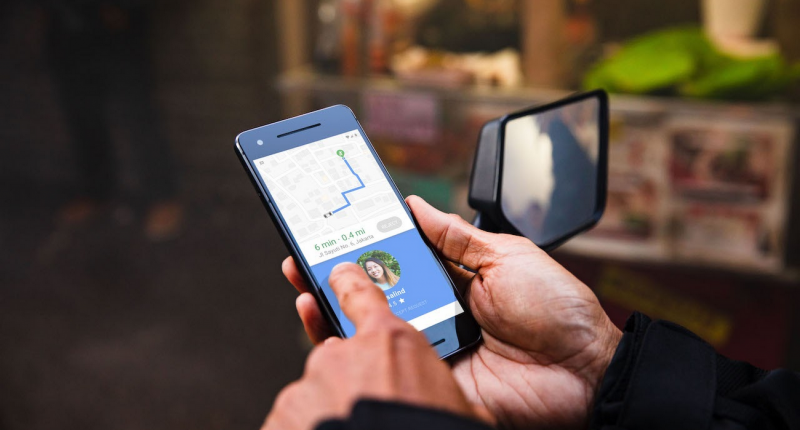E-commerce and delivery services have seen an exponential growth in the past months, thanks to the pandemic. However, smaller companies which do not have the same technological prowess as industry giants like Uber and Zomato have been left in the dust. Google, in a bid to help businesses that provide on-demand rides & deliveries services, has created a new service on the developer side of Google Maps-Google Maps Platform, so smaller companies can compete with large corporations.
Using these new features, Google aims to help businesses “improve operations as well as transform the driver and customer journey from booking to arrival or delivery–all with predictable pricing per completed trip.”
Companies with big pockets like Uber and Zomato have built features like the ability to tell when the delivery will get completed, alternate routes, automatically pick nearby drivers, and more. Smaller companies, which do not have the money to build these features for themselves, will now be able to use the features provided by Google Maps Platform, to compete with the big players.
The most important feature, which already existed on Google Maps, is that the Google Maps Platform will help developers provide their users with information such as driver’s ETA, expected route, and estimated trip prices. A lot of times, real-time information is important to the customer’s choice of ordering or booking. Google says that ‘Routes Preferred’, which is built on Google Map’s Routes APIs, will provide customers with the driver/delivery executive’s real-time information and estimated pricing.
Routes Preferred also offers two-wheeler routing, customized routes that indicate the shortest or fastest route, and routes without tolls. The feature also provides more stability and lower latency for time-sensitive ETA and price estimations.
‘Nearby Drivers’, which was already available to ride-hailing platforms, will help developers find the best-suited driver for a trip. Google says this feature helps in faster pickups, more accurate ETAs, and fewer canceled rides. With the help of Nearby Drivers, developers will automatically receive an updated driver location and find the nearest driver to a location with just an API call.
Moreover, Google Maps Platform does not require drivers to switch from the driver app to the navigation app. Instead, they can use the in-app navigation enabled by Google Maps Platform in the driver app itself. Drivers also have the ability to customize the in-app navigation according to their needs such as headers, footers, buttons, and markers.
Lastly, again an existing feature, the Trip & Order Progress shows customers the real-time data of a driver’s current position, route, and ETA from pickup to drop-off. The customers can also see if there is any traffic along the driver’s route to foresee a delay.
Google said in a blog post, ” Ride-hailing has grown significantly since then, and despite some challenges in light of the COVID-19 pandemic, the shift in transportation appears to be here to stay. At the same time, on-demand deliveries have grown exponentially since the pandemic began–going from convenience to a necessity for many consumers. We’ve worked closely with the largest operators in the space to identify new ways to address the rapidly evolving needs of on-demand rides and deliveries companies.”
It might seem that nothing is new on the Google Maps Platform and it’s just bringing all the in-app navigation features together for ride-hailing services and extending it to deliver apps as well. However, the pandemic has caused an upsurge in home deliveries and establishment of various delivery platforms. Google Maps Platform will just make it easier for these new delivery platforms to integrate the in-app navigation features into their own application.
The Tech Portal is published by Blue Box Media Private Limited. Our investors have no influence over our reporting. Read our full Ownership and Funding Disclosure →






